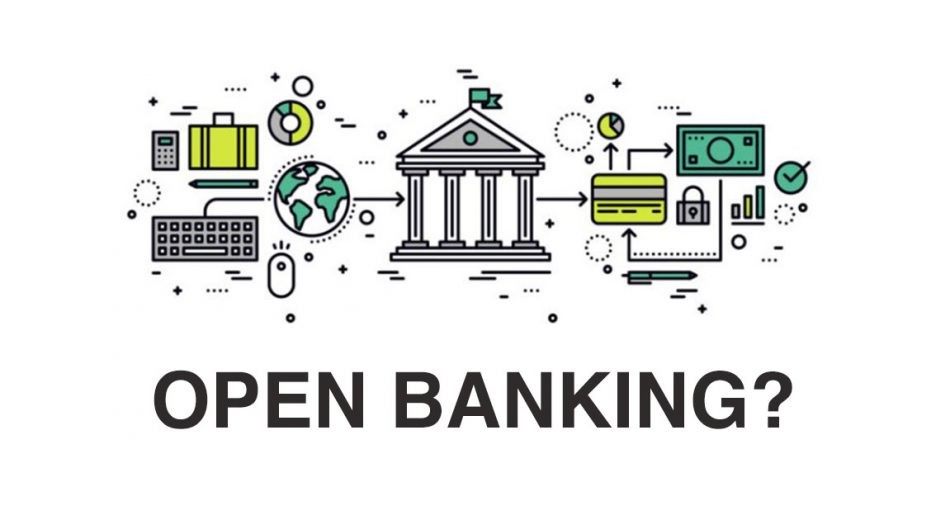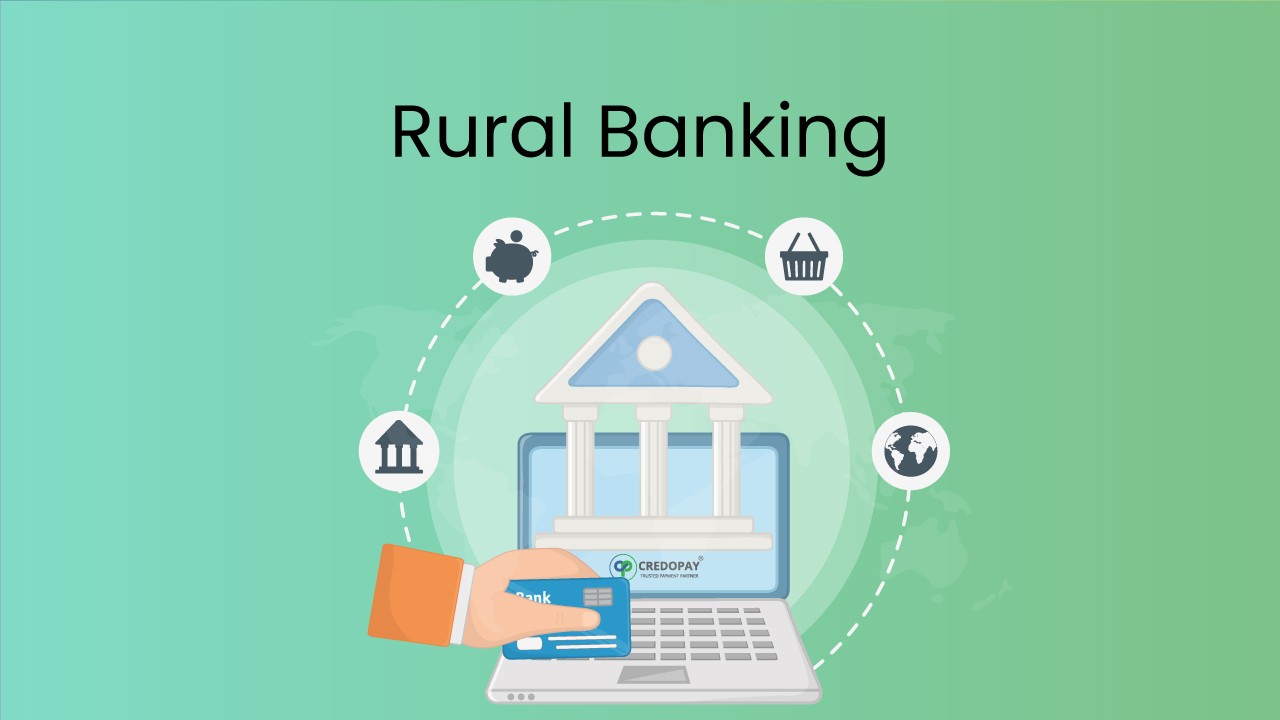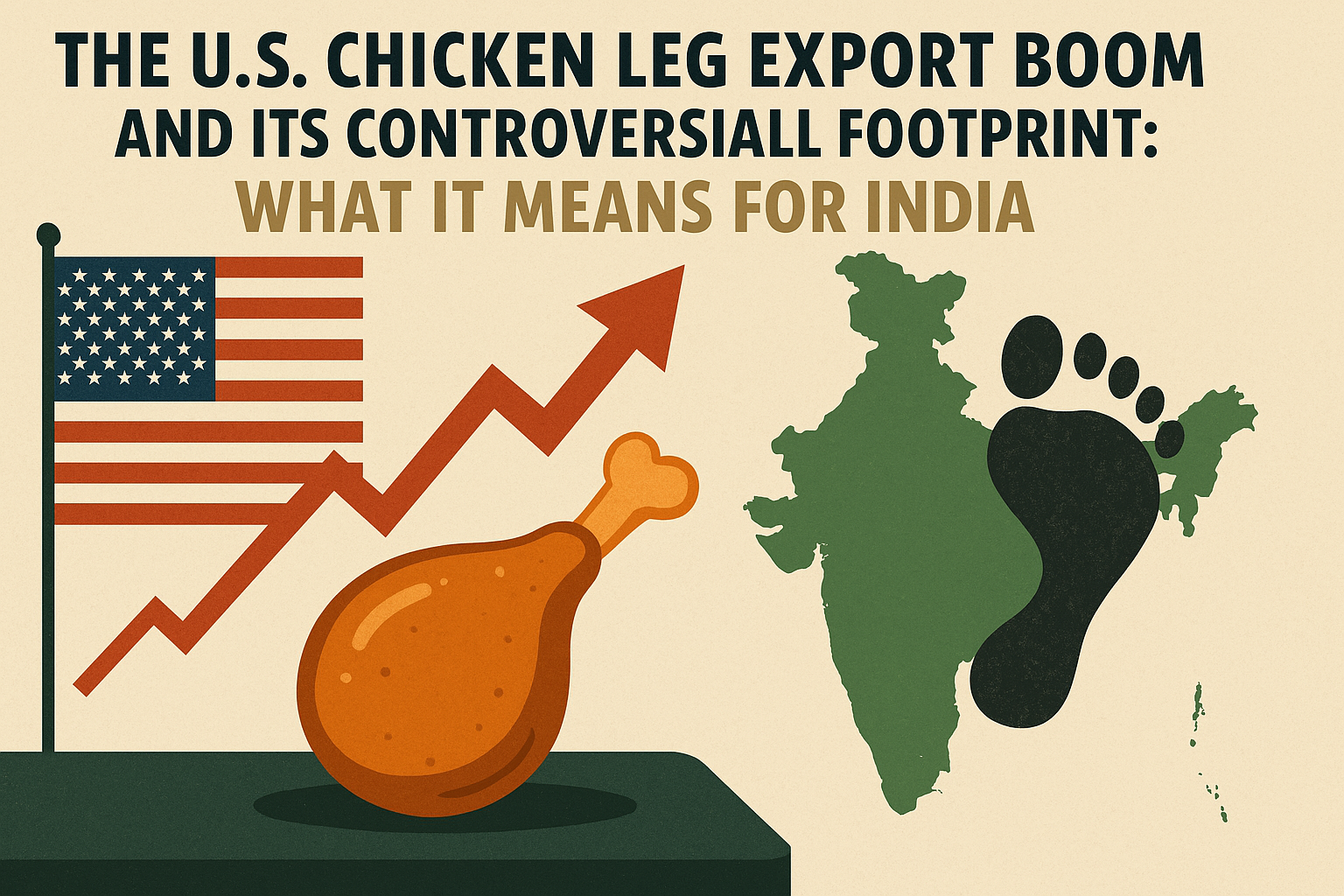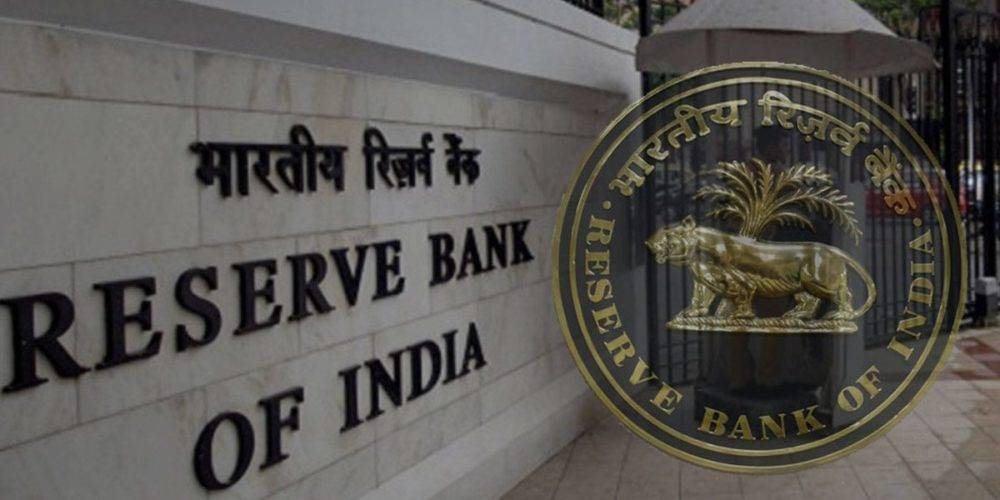In the ever-evolving landscape of financial services, open banking stands out as a transformative trend. This concept, which has its roots in the push for greater transparency and consumer empowerment, is reshaping how financial institutions operate and how consumers manage their finances. Here’s an in-depth look at what open banking entails, its benefits, challenges, and its future implications.

What is Open Banking?
Open banking refers to the practice of allowing third-party financial service providers to access consumer banking, transaction, and other financial data through APIs (Application Programming Interfaces) with the consent of the account holder. Originating in the UK with the implementation of the revised Payment Services Directive (PSD2), open banking has since spread globally, driven by regulatory frameworks or market forces.
Key Components:
- APIs: These are the technological backbone, allowing secure data sharing between banks and third parties.
- Third-Party Providers (TPPs): These include fintech companies, comparison sites, and other non-bank entities that use bank data to offer new services or products.
- Regulatory Frameworks: In many regions, laws like PSD2 in Europe or the Consumer Data Right in Australia mandate banks to share data with TPPs under specific conditions.
Benefits of Open Banking
For Consumers:
- Enhanced Financial Control: Consumers gain the ability to manage their finances through multiple services seamlessly, comparing and switching products with ease.
- Personalized Services: With access to more detailed financial data, services can be tailored more precisely to individual needs, from budgeting tools to investment advice.
- Innovation in Services: Open banking fosters an environment where new financial tools and services can emerge, potentially offering better rates, lower fees, or more innovative solutions.
For Banks:
- Revenue through APIs: Banks can monetize their APIs by allowing third parties to use their infrastructure, creating a new revenue stream.
- Improved Customer Retention: By integrating with fintech solutions, banks can offer enhanced services, reducing churn and increasing customer satisfaction.
- Partnerships and Ecosystems: Open banking encourages collaboration, leading banks to become part of larger financial ecosystems rather than isolated entities.
For the Economy:
- Increased Competition: Open banking levels the playing field, allowing smaller fintech companies to compete with established banks, driving innovation and potentially reducing costs for consumers.
- Financial Inclusion: It can help in reaching unbanked or underbanked populations through innovative financial solutions.
Challenges and Concerns
While open banking promises many benefits, it also introduces several challenges:
- Security Risks: With more data flowing between different entities, the risk of data breaches increases. Ensuring robust security measures is paramount.
- Data Privacy: The sharing of financial data raises concerns about how this information is used, who has access to it, and how consumers can control this access.
- Standardization: Lack of uniform standards can hinder interoperability between different services, which could fragment the market.
- Consumer Trust: There’s a significant challenge in building and maintaining consumer trust in third-party providers, especially concerning data privacy and security.
- Regulatory Compliance: Different countries have different approaches to open banking, complicating global operations for financial institutions and fintech companies.
The Future of Open Banking
Global Expansion:
- Many countries are either implementing or considering open banking frameworks. This global movement suggests a future where open banking becomes the norm rather than the exception.
Advanced Financial Ecosystems:
- The future might see an ecosystem where banking services are just one part of a broader digital service landscape. Imagine managing your home utilities, insurance, and investments through one platform, all integrated via open banking.
AI and Machine Learning:
- With more data available, AI can play a significant role in offering predictive analytics, fraud detection, and personalized financial planning.
Blockchain and DLT:
- Distributed Ledger Technology (DLT) could complement open banking by providing secure, transparent transaction ledgers, reducing the need for intermediaries.
Challenges to Overcome:
- As open banking matures, addressing the security and privacy concerns will be crucial. This might involve developing new technologies or enhancing current ones to ensure data integrity and consumer rights.
- Regulatory bodies will need to evolve to ensure that open banking frameworks protect consumers while fostering innovation.
Conclusion
Open banking is not just a technological shift but a cultural and economic one, promoting transparency, competition, and consumer empowerment. While it presents numerous opportunities for innovation, it also demands vigilance regarding security and privacy. As we move forward, the balance between fostering innovation and ensuring consumer protection will define the success of open banking. For financial institutions, embracing this change means rethinking traditional business models, fostering partnerships, and perhaps most importantly, understanding the evolving needs of their customers. The journey of open banking is just beginning, and its full impact on the financial world will unfold in the coming years, promising a landscape where finance is more integrated, personalized, and accessible than ever before.


